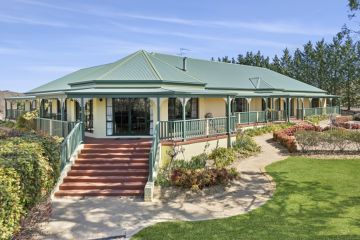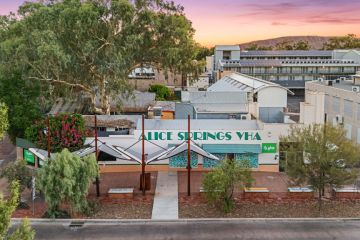Charcoal is on more menus, but can you have too much of a good thing?

Charcoal used to be something you found at the bottom of a smouldering fire, but these days you’re just as likely to find it on a menu as you are in your fireplace.
Consuming charcoal is not new – ancient Egyptians used it for its antibacterial and antifungal properties – but dishes that use activated charcoal (treated with oxygen to create millions of tiny pores) have become increasingly popular against the backdrop of rainbow bagels, turmeric lattes and unicorn cakes.
Long Story Short in Port Melbourne has a reputation of being one of Melbourne’s most Instagrammable cafés but when owner Ly Nguyen put charcoal fish and chips on the menu even she wasn’t anticipating the response she received.
“The activated charcoal fish and chips was only supposed to be a special item on the menu, but it has become so popular that it’s now a permanent staple,” she says.
The fish fillets are battered in activated charcoal and served with vibrant beetroot labneh. While some have likened it to “burnt poo”, Nguyen says the striking black dish undoubtedly piques customers’ interest. “The visuals can be quite daunting for some,” she acknowledges, “however we believe it’s also why people are more inclined to order it.”
On the other side of the city at Cornerstone of Northcote, you’ll regularly find customers sitting amongst the hanging greenery and natural timber décor ordering dishes that contain charcoal.
“We use charcoal in our house-made lemonade, lattes and waffles,” says Dani Walters, who owns the cafe with her husband, Will Walters. “Customers love the charcoal menu options as they look and taste amazing, although the taste is due to our amazing chefs not the charcoal as it has no flavour.”
There can be benefits in consuming charcoal, says nutritionist Fiona Tuck, but only under certain circumstances. “Activated charcoal can bind to toxins, poisons and pathogens, so it can be very beneficial when [recommended] by medical professionals to treat drug and alcohol poisoning,” she says.
“It is also good to take when travelling to countries such as Bali to prevent Bali belly or to treat food poisoning. Some people also claim it can be effective in alleviating gas and bloating.”
But Tuck says that people consuming charcoal in foods such as bread, pasta, smoothies, ice cream and juices with the hope of detoxing is a “fad and completely pointless”. While charcoal does absorb toxins, it also traps nutrients.
“Activated charcoal binds to medications, decreasing their effectiveness and lowers the absorption of nutrients,” she says. “This is a particular risk for those with anaemia, underactive thyroid conditions and people suffering with malabsorption gut issues such as IBS and Crohn’s disease. It is important not to take activated charcoal near medications.”
Tuck warns that if eaten regularly, activated charcoal can lead to nutritional deficiencies.
While activated charcoal may have a black mark against its nutritional qualities, judging from the number of menus featuring it, the trend of food crossing to the dark side doesn’t look like it’s going to slow down any time soon.
We recommend
States
Capital Cities
Capital Cities - Rentals
Popular Areas
Allhomes
More







